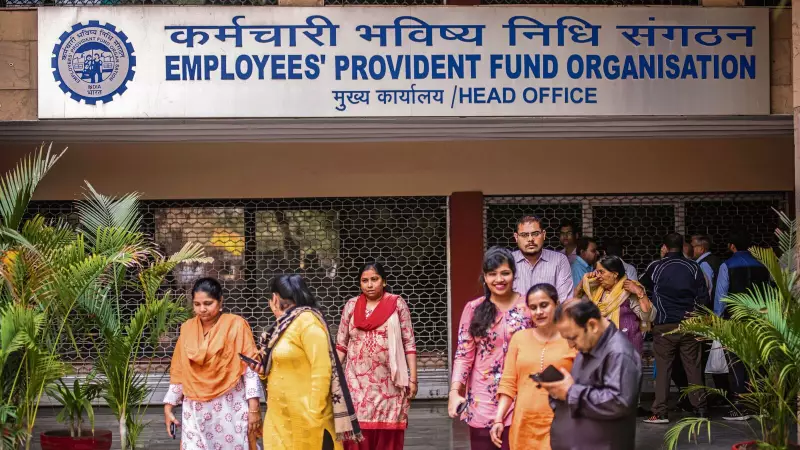
The Employees' Provident Fund Organisation (EPFO) is reportedly planning a significant policy shift that could transform retirement savings for millions of Indian employees. According to recent reports, the retirement fund body may increase the wage ceiling for mandatory PF coverage from the current ₹15,000 to ₹25,000 per month.
What Does This Proposed Change Mean for Employees?
If implemented, this move would automatically bring millions more workers under the EPFO's social security net. Currently, only employees earning up to ₹15,000 monthly are mandatorily covered under the EPF scheme. The proposed hike to ₹25,000 would significantly expand this coverage, ensuring more workers benefit from organized retirement savings.
Key Implications of the Wage Ceiling Increase
- Expanded Coverage: Employees earning between ₹15,001 and ₹25,000 would become eligible for mandatory PF contributions
- Higher Retirement Corpus: Both employee and employer contributions would increase, leading to larger retirement savings
- Enhanced Social Security: More workers would gain access to pension benefits and insurance coverage
- Financial Discipline: Forced savings mechanism would help more employees build substantial retirement funds
Current vs Proposed Scenario: A Comparative Look
Under the existing system, employees earning above ₹15,000 have the option to contribute to EPF voluntarily, but it's not mandatory. The new proposal would make it compulsory for those earning up to ₹25,000, ensuring they don't miss out on crucial retirement planning during their working years.
Potential Impact on Take-Home Salary
While the increased contribution might slightly reduce monthly take-home pay for some employees, the long-term benefits are substantial. The employer's matching contribution effectively doubles the savings, creating a robust financial cushion for retirement years.
The EPFO's consideration comes amid rising income levels and inflation, making the current ₹15,000 ceiling increasingly inadequate. This proposed adjustment acknowledges the changing economic landscape and aims to provide better social security coverage to a larger segment of the workforce.
Industry experts suggest that if approved, this change could be implemented gradually, allowing both employers and employees time to adjust to the new contribution structure. The move aligns with the government's broader vision of strengthening social security nets for India's growing workforce.





